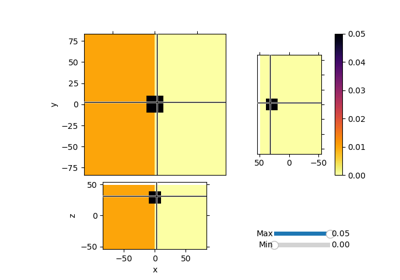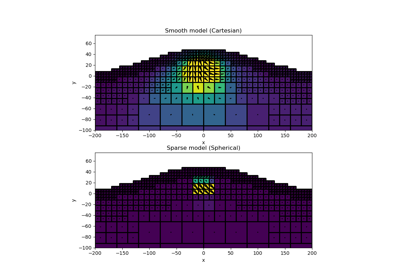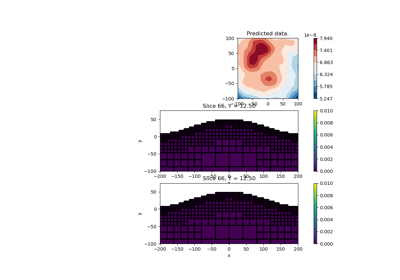SimPEG.potential_fields.magnetics.Point#
- class SimPEG.potential_fields.magnetics.Point(locations, components='tmi', **kwargs)[source]#
Bases:
SimPEG.survey.BaseRxMagnetic point receiver class for integral formulation
- Parameters
- locations(
n, 3)numpy.ndarray Receiver locations.
- components
strorlistofstr, default: ‘tmi’ Use a
strfor a single component or alistofstrif multiple components are simulated at each location. Component choices are:“tmi” –> total magnetic intensity data (DEFAULT)
“bx” –> x-component of the magnetic field
“by” –> y-component of the magnetic field
“bz” –> z-component of the magnetic field
“bxx” –> x-derivative of the x-component
“bxy” –> y-derivative of the x-component (and visa versa)
“bxz” –> z-derivative of the x-component (and visa versa)
“byy” –> y-derivative of the y-component
“byz” –> z-derivative of the y-component (and visa versa)
“bzz” –> z-derivative of the z-component
- locations(
Notes
If predicting amplitude data, you must set include ‘bx’, ‘by’, and ‘bz’ here, and set is_amplitude_data in the magnetics.Simulation3DIntegral to True.
Attributes
Number of data.
Galleries and Tutorials using SimPEG.potential_fields.magnetics.Point#
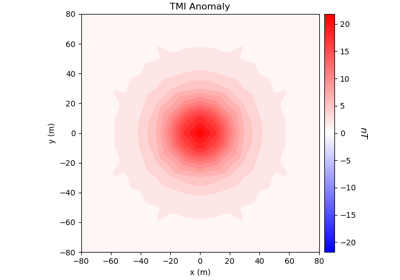
Forward Simulation of Total Magnetic Intensity Data
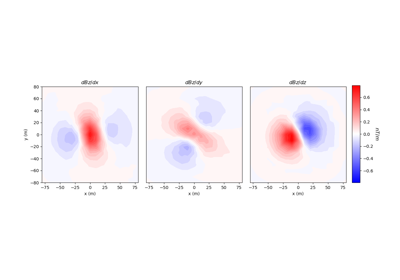
Forward Simulation of Gradiometry Data for Magnetic Vector Models
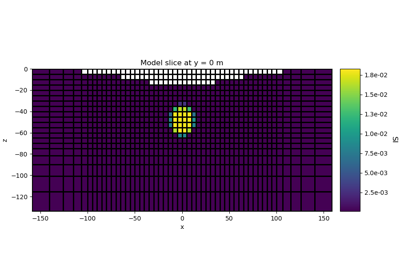
Sparse Norm Inversion for Total Magnetic Intensity Data on a Tensor Mesh
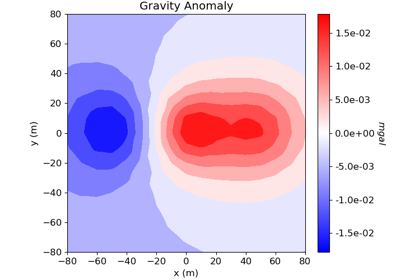
Cross-gradient Joint Inversion of Gravity and Magnetic Anomaly Data
